
Forget everything you’ve skimmed about quantum computers; they’re not just science fair material with a shiny name. The reality is weirder, cooler, and more relevant than most people realize. You won’t get buried in equations here, just straight-up facts that shift how you think about tech. Here are 10 things that finally make quantum computing actually make sense.
Quantum Bits Replace Classical Bits
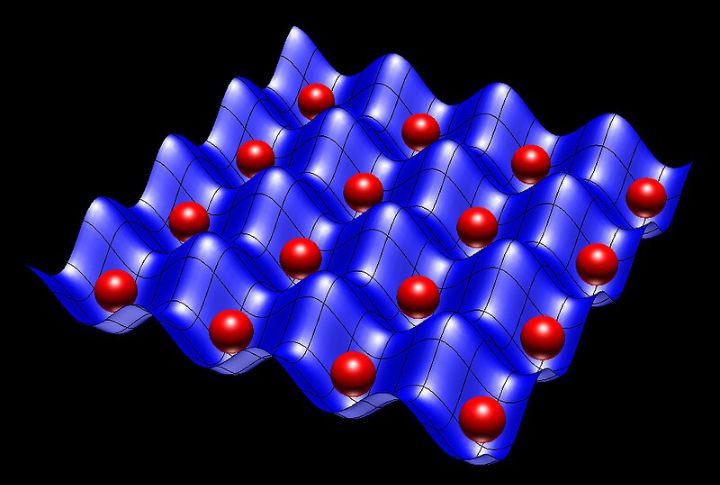
Traditional computers process data using bits, which represent either a 0 or a 1. Quantum computers, however, use qubits—quantum bits that can hold both values at once through superposition. This ability lets them explore many possible solutions simultaneously. Qubits are created using trapped ions, photons, or superconducting circuits, giving quantum computers unique power.
Entanglement Links Qubits Instantly
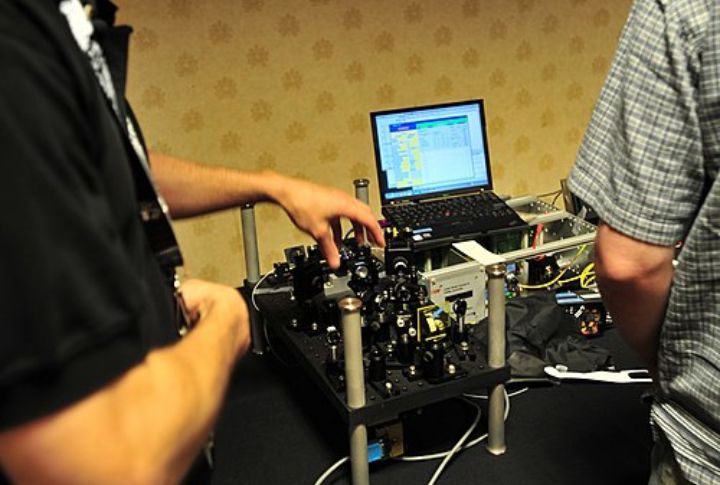
Entanglement forms a direct connection between qubits, where a change in one instantly influences the other. The phenomenon enables complex correlations that drive the power behind many quantum algorithms. As a result, quantum computers can process information more efficiently and solve specific problems faster than classical systems.
Quantum Algorithms Solve Complex Problems
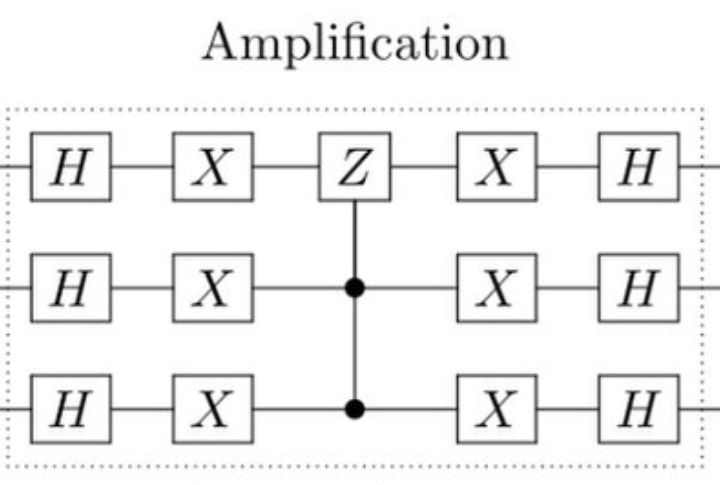
Quantum algorithms are designed to tackle problems that overwhelm classical computers. For example, Shor’s algorithm, developed by mathematician Peter Shor, can factor large numbers efficiently, posing a challenge to modern encryption. Meanwhile, Grover’s algorithm, created by computer scientist Lov Grover, speeds up unstructured searches. These breakthroughs could reduce centuries-long tasks to minutes.
Quantum Computers Require Extreme Conditions

Qubits are highly sensitive and can quickly lose their quantum state due to heat, motion, or other environmental disturbances—a process called decoherence. To prevent this, quantum computers operate in cryogenic, ultra-isolated environments. Scientists also develop quantum error correction methods to stabilize qubits and extend the duration of accurate computations.
Quantum Supremacy Marks A Key Milestone
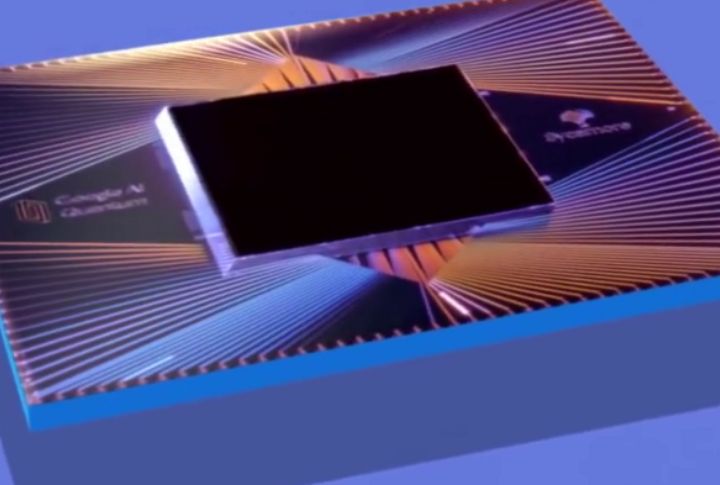
In 2019, Google revealed a significant leap in quantum computing by achieving what’s called quantum supremacy. Its processor solved a complex problem in just 200 seconds, while a supercomputer would need 10,000 years. Classical machines still matter, but this moment revealed what quantum computing could one day make possible.
Quantum Error Correction Is Vital
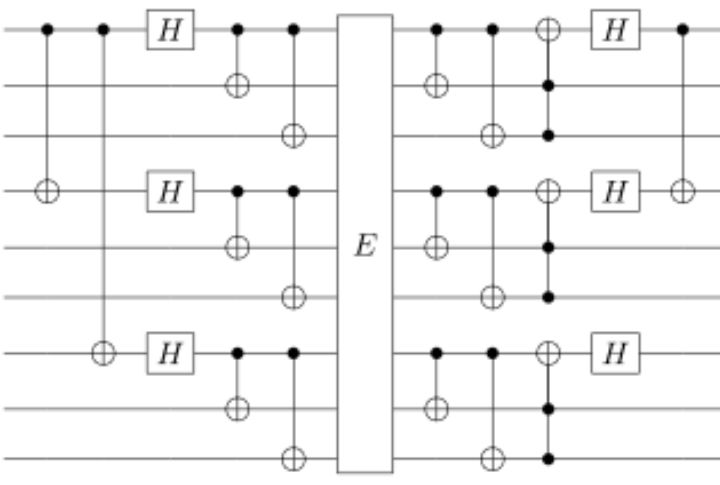
Quantum systems are extremely fragile, and qubits can lose information from even the slightest disturbance. Error correction helps detect and fix these mistakes without directly measuring the qubits. To achieve this, several physical qubits are combined to form one logical qubit, which makes building large, reliable systems far more challenging.
Quantum Speedup Depends On Problem Type

Not all problems benefit equally from quantum computing. Significant speed gains appear in areas like optimization, simulation, and factoring large numbers. In contrast, routine tasks such as word processing gain nothing. However, despite having the right type of problem, hardware limitations can still prevent the system from reaching its full speed potential.
Qubits Can Be Physical Or Abstract
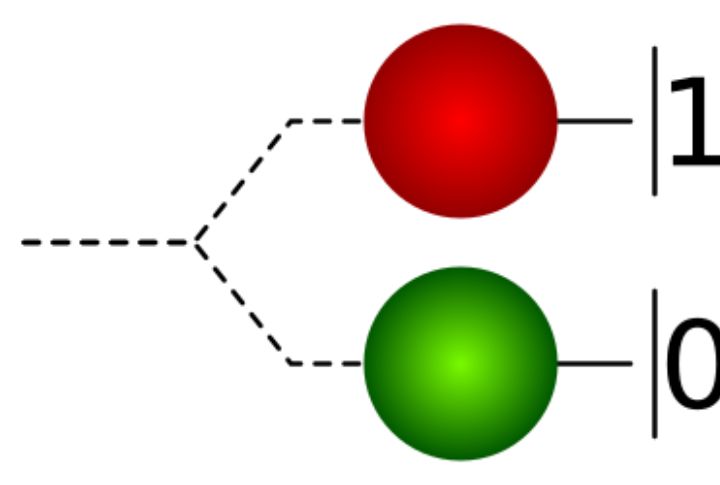
Choosing the right kind of qubit is key to building reliable quantum computers. Some systems use physical qubits like trapped ions or photons, each with unique advantages and drawbacks. Others explore more abstract forms, such as topological qubits, which may provide greater stability. Still, no clear winner has emerged yet for large-scale use.
Quantum Computers Can Simulate Molecules
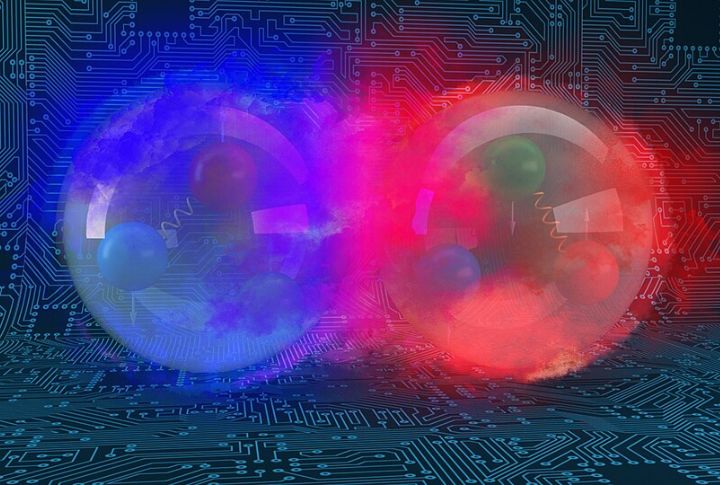
Classical computers struggle to simulate even basic molecules like caffeine. That’s where quantum machines step in—they can model matter at the tiniest level. This kind of simulation could change how new treatments and materials are discovered. The faster those breakthroughs come, the faster industries start changing, too.
Quantum Networking Is The Next Big Leap
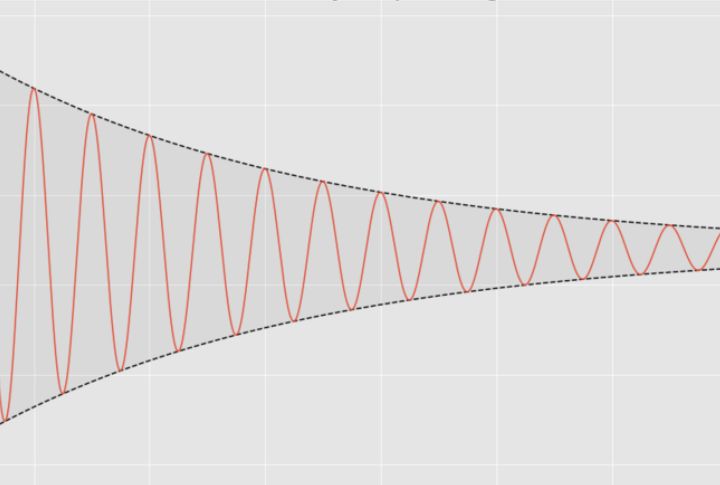
Beyond computation, quantum networking aims to connect quantum devices across distances using entangled particles. This could lead to ultra-secure communication channels and distributed quantum processing. Researchers are developing quantum repeaters and photon-based interconnects to enable long-range entanglement, laying the groundwork for a future quantum internet.

